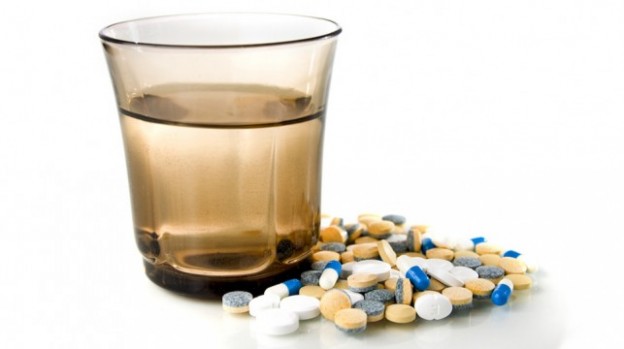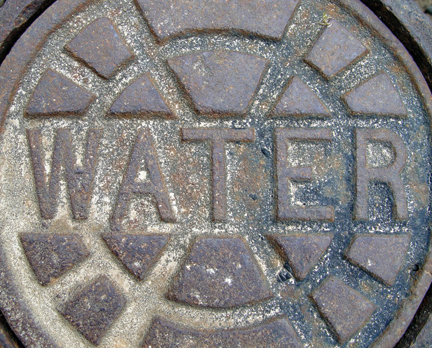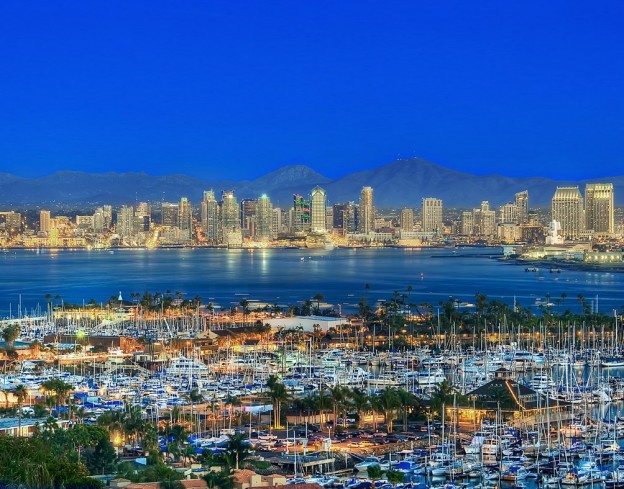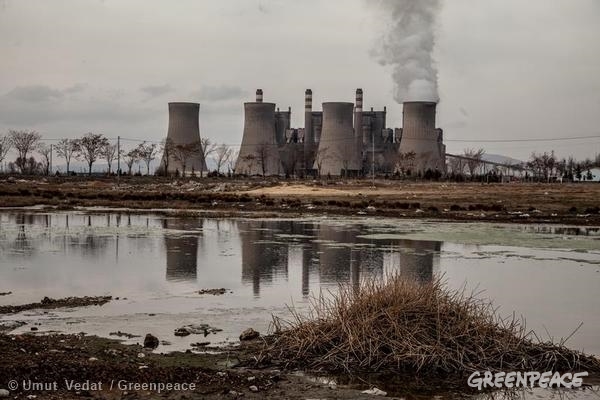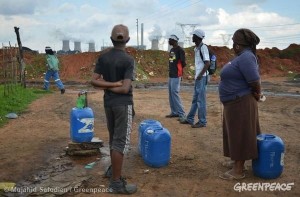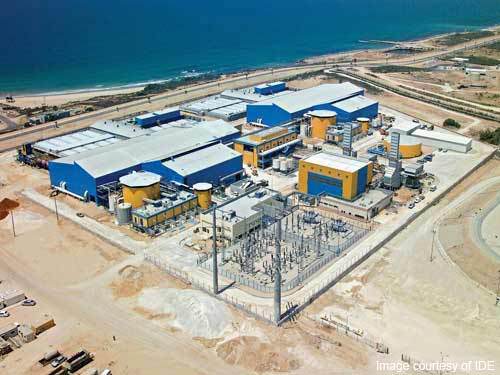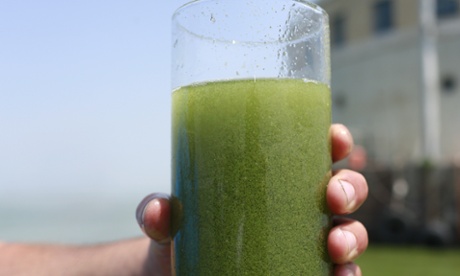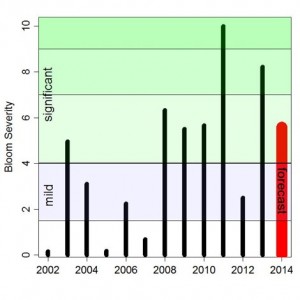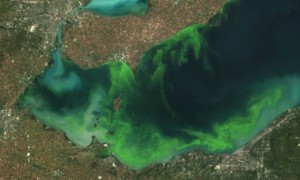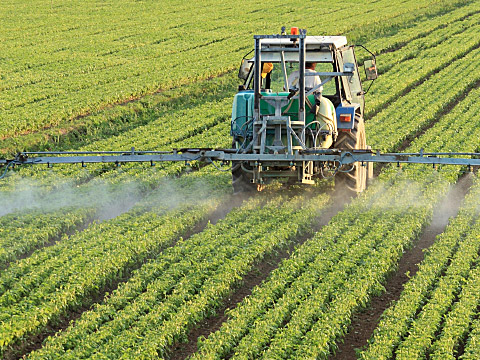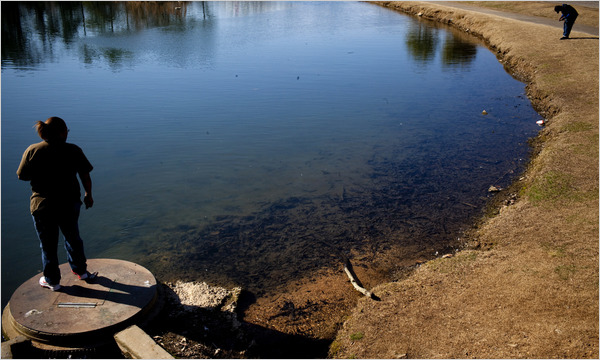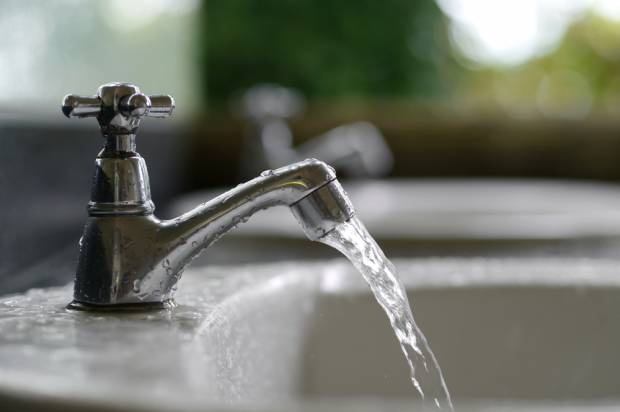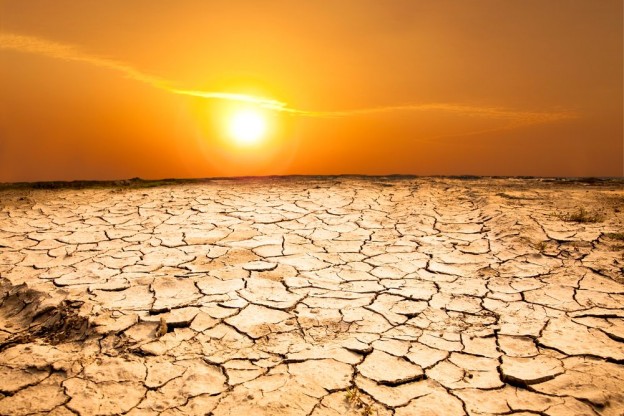
As California struggles through the fourth year of its historic drought, the effects are starting to hit a little closer to home… and our health.
The results of a 10-year study of California groundwater quality showed some disturbing findings.
Normally, Californians get about 30% of their drinking water from aquifers, but the drought has forced Californians to rely on these aquifers for more than 60% of our water needs.
The study found that roughly 20% of our groundwater is contaminated with high concentrations of dangerous substances like arsenic, uranium and nitrates. And it’s not getting any better…
As groundwater keeps getting lower, our drinking water will become more and more unsafe.
The longer the drought continues, the more we will rely on groundwater. You can probably see how this is quite the vicious cycle. But is there an answer? In order to understand that, we have to know what caused this quality issue.
Where do the contaminants come from?
Contaminants enter California’s water artificially – through heavy use of nitrogen-based fertilizers on farms – and naturally – through erosion of natural deposits.
Heavy reliance on nitrogen fertilizers (and animal waste) has led to increased levels of nitrates in the water. At levels above 10 ppm (parts per million), nitrates can impede the blood’s ability to carry oxygen, leading to birth defects and cancers of the ovaries and thyroid.
Agriculture alone isn’t the only source of contamination; arsenic – which is not used on farms – turned up more than nitrates. The study also found an alarming amount of aquifers poisoned with uranium, which is a contaminant not used in farms, but which has been pushed further into the water table (5-10 feet per year) by irrigation.
According to Kenneth Belitz, the study’s lead author and chief of the USGS’s National Water Quality Assessment Program, the process of contaminants slowly moving further down into the water table affects all areas of California.
Former agricultural areas that have evolved into suburban (Santa Ana, for example) will start to see the effects of years-old nitrates sinking into their water tables. Today’s farming hotspots – especially the San Joaquin Valley (where San Diego gets a portion of its water) – could be slowly building up nitrate levels year by year that could lead to much higher nitrate levels in well water.
How is the drought making it worse?
This heart-wrenching video from High Country News depicts how the drought is exacerbating the level of contaminants in California’s water. It shows the situation in East Orosi, one of the areas hit hardest by the drought.
Chad Fischer, East Orosi District Engineer, explains how landowners are digging a higher level of wells, putting more stress on the aquifers:
“It’s simple, drill a lot of wells, produce a lot of water. The water tables are going to drop and the level of contaminants is going to go up.”
As groundwater levels drop and the level of contaminants stays the same, the concentration of nitrates in groundwater supply will continue to increase.
Think of it as a small amount of poison that’s diluted by a large amount of water. The poison is relatively harmless as long as the water level stays high enough. But when the water level decreases, there’s not as much to dilute the poison, making it much more dangerous.
This issue is hitting areas of California at different times. East Orosi is getting the worst of it now. Residents use five-gallon plastic jugs for drinking, cleaning, brushing teeth, making tea and coffee, making soup and cleaning fruits and vegetables.
East Orosi’s situation serves as a stark warning to the rest of the state about the dangers of the drought on water quality. Hopefully it serves as a canary in the coal mine demonstrating that serious actions need to be taken for the health and safety of the people.
When will it end?
That’s the bad news. According to NASA Analysis, California’s aquifers are extremely depleted (by 11 trillion gallons, to be exact). Lower rainfall in the coming years and steady or increased farming will only continue to diminish these sources, therefore raising contaminant concentration.
As the drought continues, it’s imperative that California residents continue to monitor their local drinking water quality. Every municipality is required to send out a Water Quality Report (or CCR) annually, detailing local contaminant levels.
As always, the safest solution for your water’s safety is to install water filter systems in your home to ensure the highest quality clean water in your home regardless of outside circumstances. See your home water filter options HERE.
More information: Mother Jones on California’s Drinking Water



